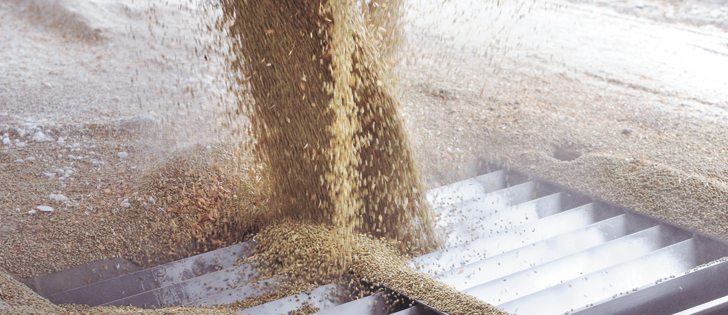Lentil growers hoping to see a light at the end of the current tunnel of low prices and restricted markets will likely be disappointed for some time.
However, farmers with peas might see better market conditions over the course of the shipping year because of the United States-China trade war.
“For our purposes, when we look at balance sheet for lentils and peas, we are not seeing much interest this year,” said Marlene Boersch of Mercantile Consulting Ventures.
But she said the prospects for peas could shape up if China goes looking for soybean substitutes to feed its hogs, which is already happening to some degree and Boersch believes will likely increase as the trade war builds to new heights.
Read Also

Farming Smarter receives financial boost from Alberta government for potato research
Farming Smarter near Lethbridge got a boost to its research equipment, thanks to the Alberta government’s increase in funding for research associations.
U.S. President Donald Trump said Oct. 30 that his administration is ready to slap tariffs on all remaining Chinese imports worth an estimated US$257 billion, if trade talks fail.
“So that doesn’t give a lot of long-term optimism,” Boersch said.
She said she doubts China will capitulate to U.S. demands and that will send it looking to source commodities from other countries.
“I’m thinking they will also buy more peas. That’s my personal opinion. I’m not worried about the peas, but I think the lentil market will take another year to sort itself out. You just have to manage stocks right now.
“India is not going to be the solution.”
She said lentil growers will likely have wait until after the India election set for next April or May for markets to improve.
India is a top producer and consumer of pulses in the world and had been a top importer until it initiated strict import restrictions last fall. The country is attempting to generate more domestic production, while also maintaining incomes through minimum support prices. That has led to oversupply and many states have been buying up supplies, leading to large stockpiles. In turn, those heavy stocks have weighed on prices, dragging most of prices to below minimum support levels.
“It becomes a bit of a self-fulfilling prophesy,” Boersch said.
Reports out of India point to a large harvest for the kharif crop currently underway, which will add to the country’s already large supply.
In an update offered through the Saskatchewan Pulse Growers website, global market commodities specialist G. Chandrashekhar stated that India’s current kharif harvest will mark the fifth consecutive harvest (two per year) of large pulse crops.
India’s ministry of agriculture estimated 2018-19 pulse production at 9.2 million tonnes, slightly higher than the season’s target of 8.9 million tonnes.
The country now has to find a use for the oversupply, said Chandrashekhar, with government stocks estimated at four million tonnes, most of that in chickpeas (2.6 million tonnes) and pigeon peas (1.2 million tonnes).
And more supply could still be on the way, as Indian farmers show no signs of turning away from seeding more pulses for the upcoming Rabi crop, which is seeded in November and December.
“I would say it’s a little bit of a problem of their own making. When you interfere in the market that tends to happen,” Boersch said.
That’s little consolation to Canadian growers holding lentils, she acknowledged.
“That doesn’t give a lot of long-term optimism.”

















